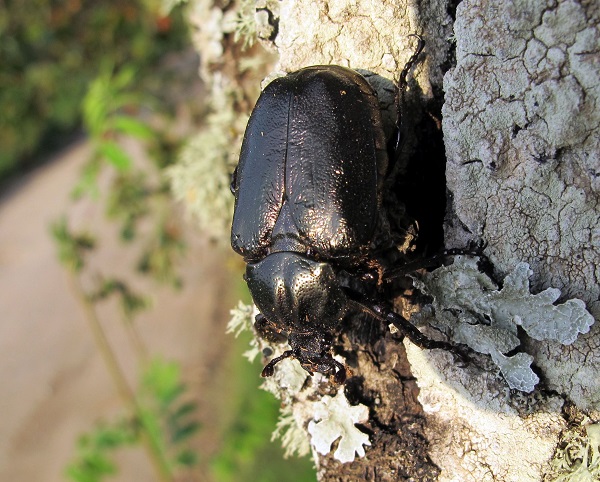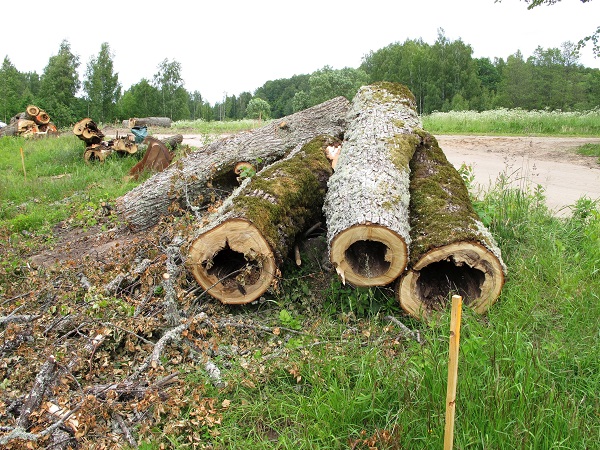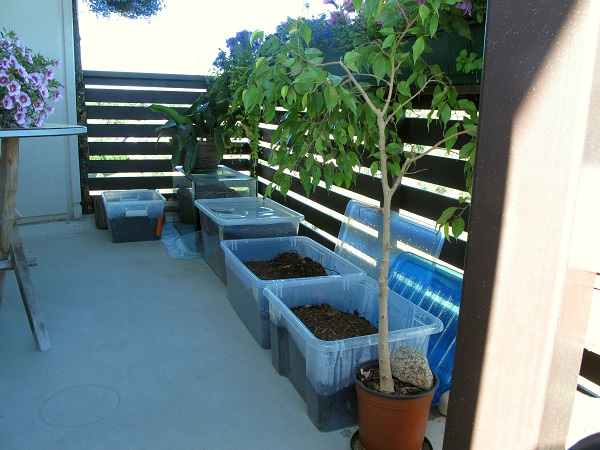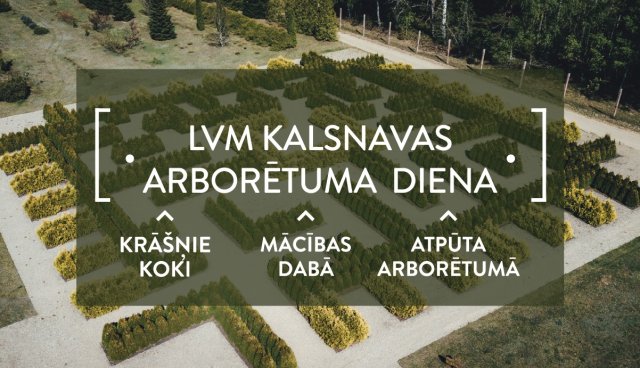Hermit beetle. Many have heard this name. But for many this name has stuck in mind from the Nature Concerthall – Osmoderma eremita. The scientific name has been changed, though, – Osmoderma eremita now has become Osmoderma barnabita. But the essence has not changed – it is a large, 3 cm long beetle, which lives in hollow deciduous trees and survives from the dead wood, and what’s more – it has a pleasant musky smell!
Hollows of deciduous trees, especially in sunny spaces – it is the home of hermit beetle, and it can be inhabited by this species for decades. And only 10-15 % of hermit beetles go on a search for another hollow tree to live in. However, the beetle is not a very good flier, doesn’t fly much further than 300-500 metres. There have only been found few specimens that have flown 1 or 2 kilometres distance. However, the number of hollows is decreasing – they are cut down when reconstructing roads, and they are also cut down in parks, around houses and in other places as potentially dangerous objects. We can argue about the dangerousness, but the fact remains – the number of hollow trees is decreasing.
If a tree is cut down, frequently dark coloured rotten wood falls out of it where larva, similar to chafer beetle's, can be found. However, as chafer beetle larvae lives only in soil, but hermit beetle’s and Liocola marmorata larva lives only in tree hollows, then it can be safe to say that those are larvae of one or both protected species. If there is no enthusiast around who collects the larvae and pupas, they are eaten by birds, shrews or other animals. But if there by any chance are some enthusiasts – then for some period time a garage, basement or even a balcony can become a shelter to some or even up to 200-300 larvae.
To help hermit beetles, in this spring JSC “Latvijas valsts meži” began making and setting up artificial hollows at the Augstrozes castle mound and its surroundings. It is a place where trees where hermit beetles lived have died, but new hollows have only just begun to develop.
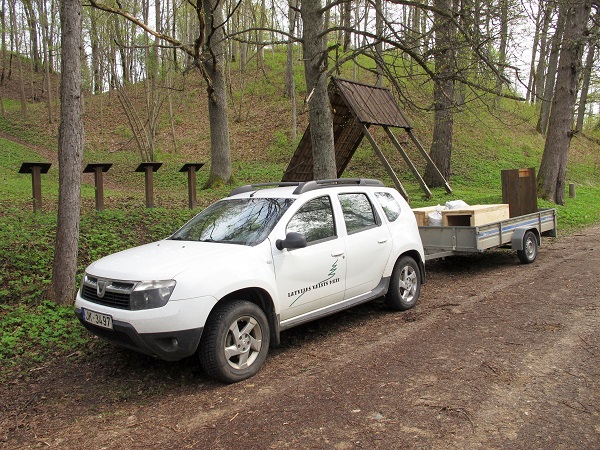
Artificial hollows, that looks like very large owl birdhouses and are almost up to top full with rotten wood, have been tested in Sweden but in Latvia these are the first ones that have been set up. Also the construction of it is different than elsewhere in the world. For example, it is built from 5 cm thick planks to decrease the speed of temperature fluctuations in the inside of it and to prolong its durability time. The volume of artificial hollow allows not only hermit beetles to live in it, but also tawny owls, common merganser or mallards to nest in them.
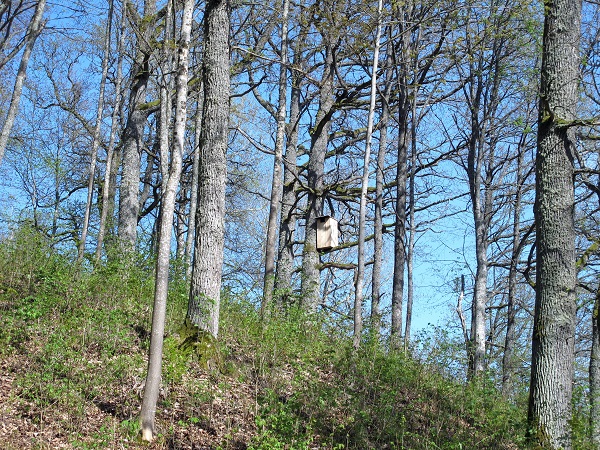
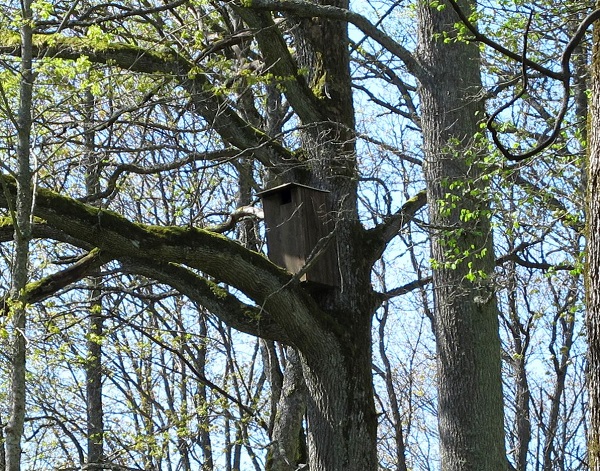
These hollows and dead tree logs are the places where the larvae collected can be moved to. For the evaluation of the success of this activity – whether hermit beetles find it themselves, do larvae develop in them, how much time and work is necessary to monitor them (for example, adding of rotten wood), etc. – only the upcoming years will show, but the first step has been taken!
